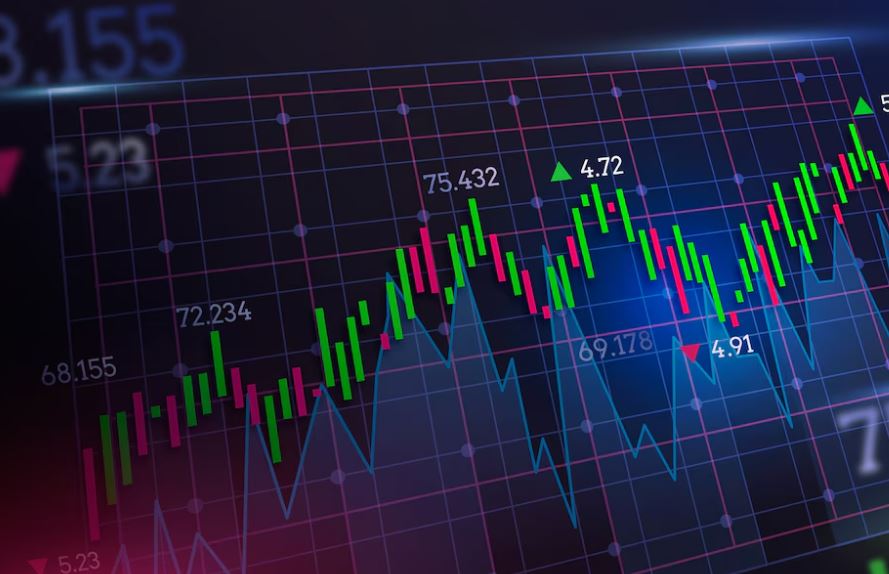
The decision to halt trading on Good Friday may seem out of place—almost archaic—in a financial ecosystem that rarely takes a break. But the U.S. stock market pauses for a full day every year as Easter draws near. In observance of Good Friday, which has its roots in history, reverence, and, surprisingly, practicality, the New York Stock Exchange and Nasdaq both halted all trading activities on Friday, April 18, 2025.
This planned break occurs against a stormy background. Wall Street struggled over the past week with hawkish rhetoric from the Federal Reserve, inflationary pressures, and volatility in the tech sector. In a quick response, the bond market closed early on Thursday at 2:00 PM EST. In this sense, Good Friday offered an intentional release in addition to symbolism. Many investors compared it to getting off a treadmill that had been going full speed.
U.S. Market Schedule & Closure Snapshot – Good Friday 2025
| Category | Details |
|---|---|
| Date of Closure | Friday, April 18, 2025 |
| Markets Closed | NYSE, Nasdaq, U.S. Bond Markets |
| Early Closure (Bonds) | Thursday, April 17, 2025, at 2:00 PM EST |
| Markets Reopen | Monday, April 21, 2025 |
| Reason for Closure | Good Friday observance (Christian religious holiday) |
| Next U.S. Market Holiday | Memorial Day – Monday, May 26, 2025 |
| Global Markets Closed | London, Paris, Frankfurt, Hong Kong |
| Markets Still Open | Shanghai Stock Exchange, Tokyo Stock Exchange |
| Verified Source | Investopedia: U.S. Stock Market Closure Guide |
Time to Think: Why a Market Pause May Be Especially Helpful
Traders have experienced whiplash-like swings in a number of indices in recent days. Following UnitedHealth’s dramatic guidance changes, the Dow fell, and NASDAQ’s tech-heavy components suffered from lower-than-expected earnings. This year, Good Friday’s timing felt especially deliberate—a compelled moment of self-control in a high-stress setting.
The market’s silence provided an unforeseen but beneficial reprieve for both retail traders and institutional investors. This break gave analysts the opportunity to process signals, adjust their strategies, and get ready for Monday’s unavoidable momentum shift—much like an athlete recuperates between championship bouts. Good Friday has turned into an automatic emotional circuit breaker by halting right before tensions rise.
🌐 Asia Whispers While Wall Street Sleeps: Conflicting Global Signals
It’s interesting to note that although U.S. markets stopped, the global financial pulse continued to beat. The Shanghai and Tokyo stock exchanges continued to operate, producing information that might have a big impact on Monday’s pre-market activity in the United States. Though frequently subtle, these movements are closely watched by quantitative analysts and hedge funds looking for hints of the future.
This divergence is extremely useful for international traders in identifying risk hedges and arbitrage opportunities. Experienced professionals frequently obtain a slight but crucial advantage by observing the different responses of Asia-Pacific indices on Good Friday.
💡 The Invisible Advantage: How Market Resilience Can Be Strengthened by Pauses
Despite not being a federal holiday, Good Friday is one of the few days when trading in bonds and stocks completely stops. This pause has strategic value in addition to being ceremonial. Perhaps most significantly, it provides space for clarity, resets emotional momentum, and disrupts trading algorithms.
The market’s rhythm stabilizes—albeit momentarily—like a jazz ensemble letting silence speak as loudly as sound by momentarily removing noise. This brief silence serves a very clear purpose in our hyper-digital age: contemplation rather than action.
🔍 Looking Ahead: What Monday May Bring
On Monday, April 21, 2025, when trading resumes, focus will swiftly shift to global events, corporate earnings, and macroeconomic indicators. The next planned closure, Memorial Day, is already being watched by traders as a potential turning point. However, the organized serenity of Good Friday is ingrained in investor psychology, in contrast to ordinary weekends.
This closure serves as a subtle reminder to both day traders and early-stage investors that, despite the markets’ relentlessness, the best decisions are frequently made during periods of pause. Investors put themselves in a position to proceed with more confidence when they view downtime as an opportunity rather than a gap.
A Holiday That Continues to Have a Use
Some might wonder if celebrating Good Friday is still relevant in light of the markets’ constant acceleration today. However, what makes the stock market so innovative is that it closes when almost everything else goes on without interruption.
Wall Street shows that speed is not the only factor in market decisions by maintaining this yearly pause. Some are obviously based on discipline, tradition, and the extremely effective value of strategic silence.
